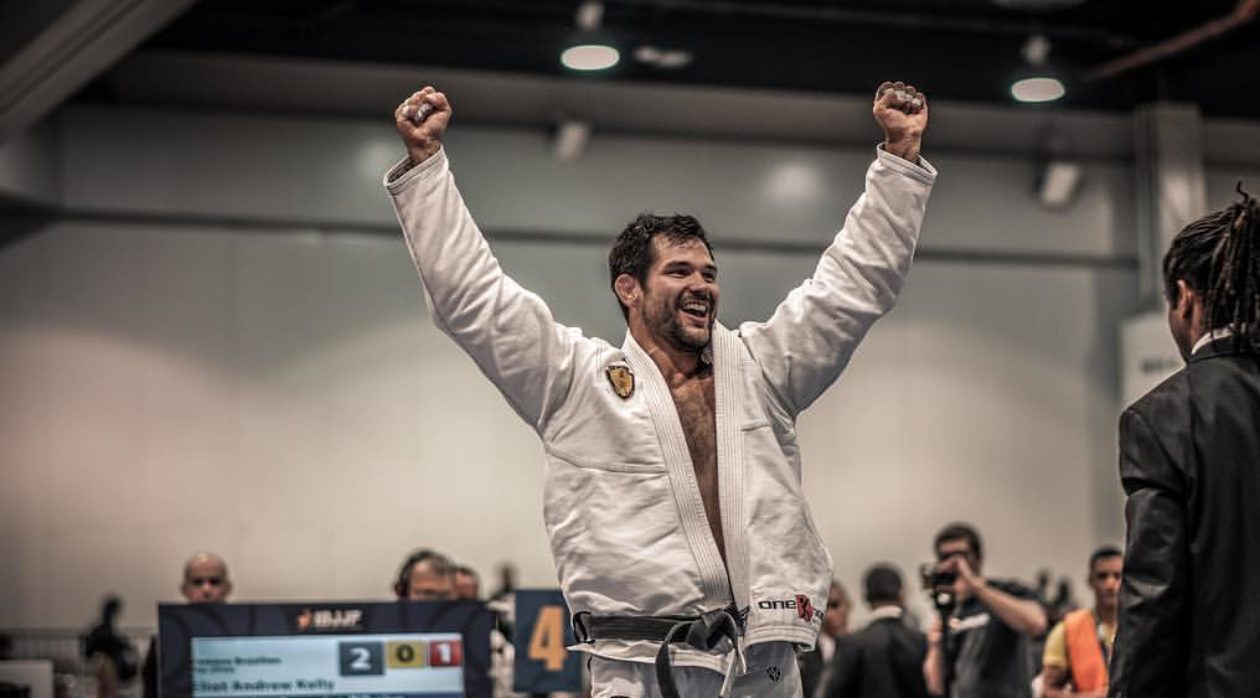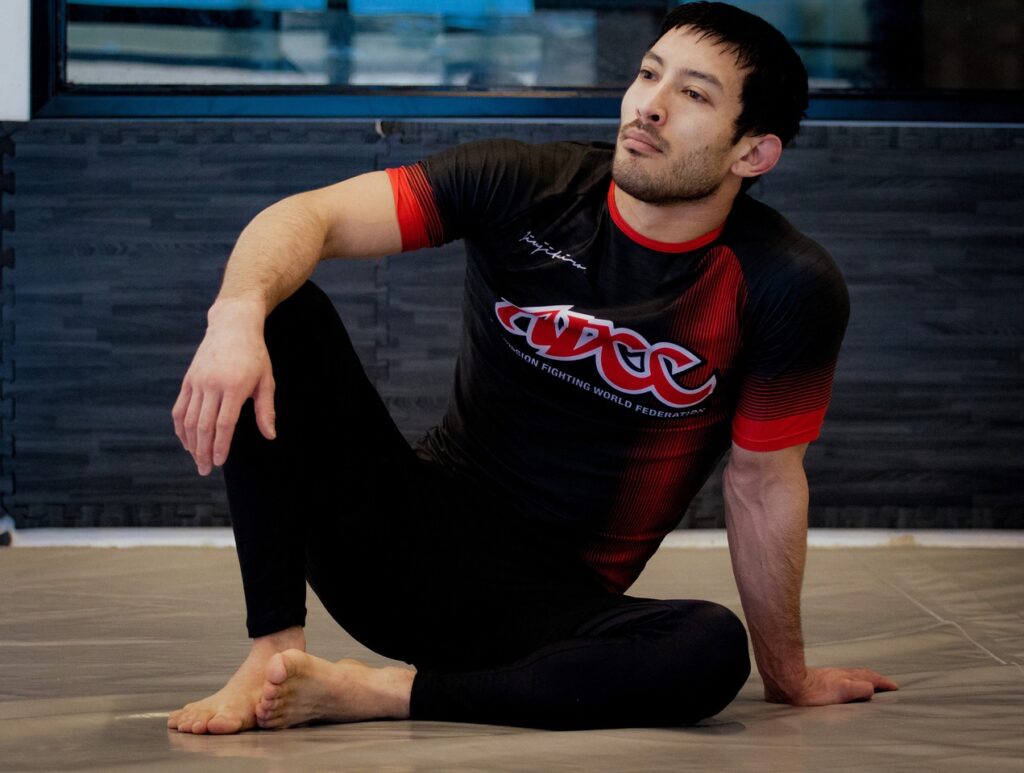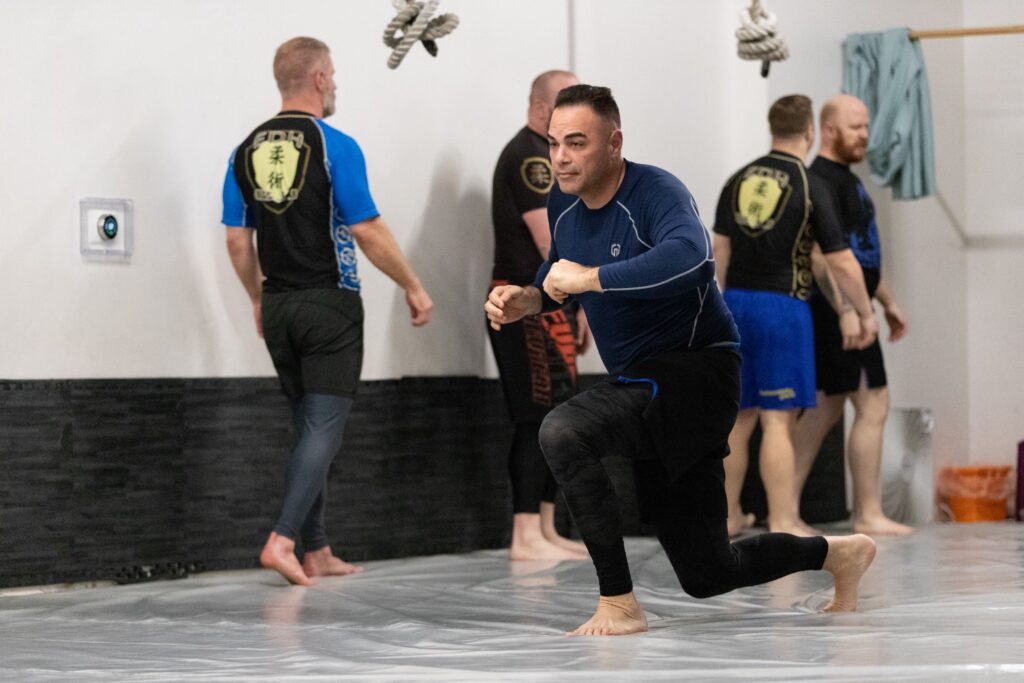Hey everyone! Let’s talk about why it’s important to keep our community clean, focusing on responsibility, community pride, and respect.
- Responsibility: Keeping our community clean is our job. When we throw away our trash properly and pick up litter, we show we can take care of our home.
- Pride: A clean neighborhood makes us feel proud. When everything looks nice, we can be happy and proud of where we live and play.
- Respect: Cleaning up our area shows respect for our friends, family, and neighbors, and ourselves. It shows that we care about each other and our environment.
By being responsible, taking pride, and showing respect, we can make our community a wonderful place for everyone!

A mat chat is an essential component of martial arts and sports training, serving as a deliberate moment where instructors and students gather to discuss important lessons that extend beyond physical skills. At El Dorado Hills Jiu Jitsu we value this skill and make moments to coach these skills with intention. The importance of a mat chat in reinforcing life skills through training on the mat and into life off the mat can be summarized in several key points:

- Values and Ethics: Mat chats provide an opportunity to instill core values such as respect, discipline, integrity, and perseverance. Discussing these principles helps students understand their importance not only in training but in everyday life.
- Mental Resilience: The mat chat is a platform to teach mental toughness and resilience. Instructors can share personal stories and practical advice on how to overcome challenges, deal with failure, and maintain a positive attitude, skills that are crucial both on and off the mat.
- Goal Setting and Achievement: Conversations during mat chats often focus on setting and achieving goals. This practice teaches students the importance of setting clear, attainable objectives and the steps needed to reach them, a valuable skill for personal and professional development.
- Conflict Resolution and Social Skills: Mat chats can address topics such as effective communication, teamwork, and conflict resolution. These discussions help students develop social skills that are essential for healthy relationships and community involvement.
- Health and Wellness: Instructors can use mat chats to emphasize the importance of physical fitness, nutrition, and overall wellness. This holistic approach encourages students to adopt healthy lifestyles that benefit their long-term well-being.
- Self-Reflection and Growth: By encouraging self-reflection, mat chats help students assess their progress, recognize their strengths and weaknesses, and develop a growth mindset. This reflective practice is key to continuous improvement in all areas of life.
- Community and Belonging: Mat chats foster a sense of community and belonging among students. Sharing experiences and insights builds camaraderie and mutual support, reinforcing the idea that they are part of a larger, supportive network.

In essence, mat chats are a critical educational tool that bridges the gap between physical training and personal development. They ensure that the lessons learned on the mat are applied to everyday life, helping students grow into well-rounded individuals who can navigate the complexities of life with confidence and resilience. We believe at El Dorado Hills Jiu Jitsu that”Getting stronger together” isn’t just limited to what we do on the mat but also off the mat.



















